The most beautiful month falls in Yangzhou in April


"My old friend left the Yellow Crane Tower in the west, and fireworks fell in Yangzhou in March." Li Bai, the poet, described Yangzhou, a city full of flowers in March in just a few words, arousing many people's daydreams about the city. But I think that the most beautiful day in the world is April. So just after the Qingming Festival, I walked into this city again and felt Yangzhou in April.


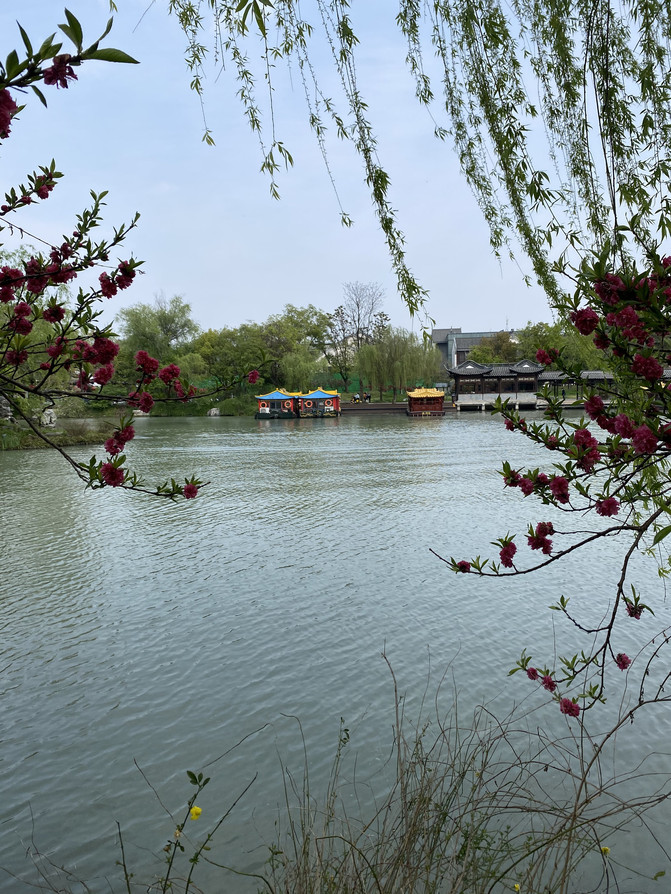
From the moment I stepped into Yangzhou, a long dream began.
The city is in the garden, and the garden is in the city. The whole of Yangzhou is like a big garden.
This city is full of scenery, and every step is a visual feast.




Yangzhou Geyuan is ranked among the four famous parks in the country, along with Beijing Summer Palace, Chengde Summer Resort and Suzhou Humble Administrator's Garden. Among them, the Summer Palace and Chengde Summer Resort belong to royal gardens, while Humble Administrator's Garden and Geyuan are private gardens.
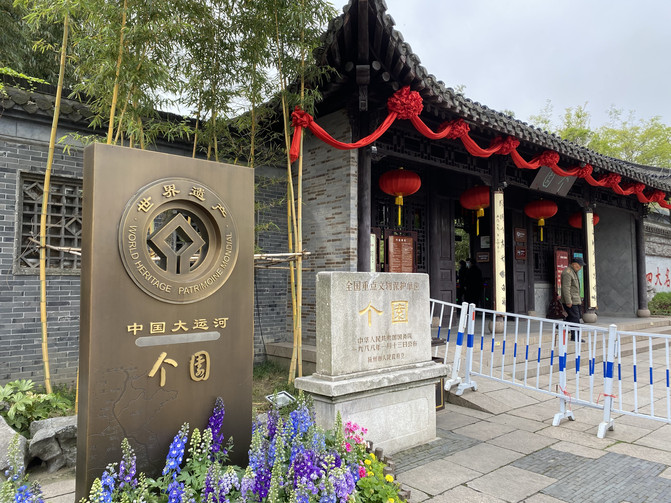


As the most famous garden in Yangzhou, the scenic area has many houses and rockery, a typical Jiangnan garden. Geyuan was built during the Jiaqing Period of the Qing Dynasty. It was the private garden of Huang Zhiyun, the chief salt merchant of Lianghuai at that time.



Huang Zhijun, also known as Yunfen, was born in 1770 in Ganquan, Yangzhou, and was originally born in Renhe, Zhejiang (today's Hangzhou). During the Qing Dynasty, Jiadao Dynasty, he was one of the eight major salt merchants. The Qing court gave him the honorary title of "Salt Transport Envoy", and his eldest and second sons were also given the title of "Doctor". Due to repeated donations to the imperial court for disaster relief and military expenses, he twice received the treatment of visiting Beijing to celebrate his birthday and entering Yuanmingyuan to listen to opera. Huang Zhiyun had three ups and downs. During this period, he relied on his extraordinary perseverance and superb business ability to firmly establish the leader of the salt merchants in Lianghuai. Even during the Daoguang period, when the salt policy was reformed and the salt industry in Lianghuai declined, he was still able to turn the tide and maintain the situation in Yangzhou's salt industry for some time. As a business prodigy and a scholarly businessman with cultural cultivation, Huang Zhiyun has deep attainments in the art of calligraphy and painting. There is still a fan of his paintings on the inlaid stone carvings under Baoshan downstairs in Geyuan.




The overall layout of the Geyuan is divided into the northern bamboo-tasting area, the central garden and the southern residential area.
The word "ge" in the name of the garden is taken from half of the word "bamboo", which should correspond to the various bamboos in the garden. "Ge" is in the shape of a bamboo leaf. The owner is named "Zhi Yun"."Yun" also refers to the bamboo and is named "Ge Yuan".


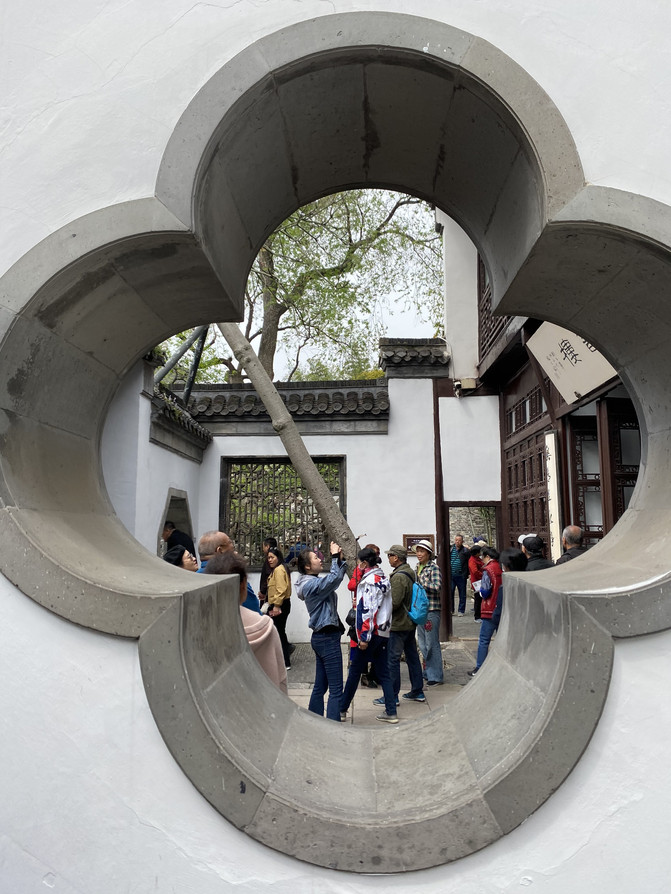


All kinds of bamboo branches and leaves on both sides of the garden gate are luxuriant, and "the moon reflects thousands of characters on the bamboo" complement the forehead of the door; when Baiguo Peak is interspersed, it is like strong spring bamboo shoots, which means "the plan for the year lies in spring".
The owner of the garden planted bamboo in the garden because of the meaning of bamboo in the Tang Dynasty [The Sequel of Youyang Zazu], hoping that his family would come and go safely.
The essence of the Geyuan lies in the art of rockery and stone stacking based on the four seasons. The rockery in the four seasons of "spring, summer, autumn and winter" has its own characteristics.







In a garden covering an area of less than 50 acres, brown yellowstone, Taihu Lake stone, snow stone and stalagmites shaped like bamboo shoots are stacked to form four groups of rockery to show the scenery of spring, summer, autumn and winter. It expresses the poetic meaning of "the spring scenery is beautiful and like laughter, the summer mountains are green and like drops, the autumn mountains are clear and like makeup, and the winter scenery is bleak and like sleep." The Geyuan has novel purport and strict structure. It is an isolated example of Chinese gardens.




Spring Mountain is near the entrance to the south of Guihua Hall. The flower beds on the left and right sides of the door are full of bamboo, and there are uneven stalagmites scattered among the bamboos, symbolizing the meaning of "mushrooming after rain".


After entering the garden gate, you will still find the same spring mountain, with pictures of bamboo and stone. There are twelve zodiac animals dotted with pictographic stones, and peonies and peonies are planted in the flower beds. Outside the door is early spring, and inside the door is the scene of deep spring.



Xiashan, on the west side of Baoshan Tower is a large rockery of Taihu Lake, about 6 meters high. The stacked stones are like clouds rolling over mist. When viewed from a distance, they are smooth and smooth, as beautiful as clouds and strange peaks; when they are shortsighted, they are exquisitely transparent, like peaks and caves. You can walk through the caves, climb the mountain, and reach the top of the mountain in several directions. A pavilion is built on the top of the mountain, next to the old pine trees. There is a Deng road on the mountain, connecting Changlou to the east and Huangshi Mountain.



Qiushan, in the northeast corner of the garden, is a large rockery stacked with Yellowstone, about 7 meters high. The main peak is in the middle, and the peaks on both sides are arched in a bow. The Sifang Pavilion is built on the top of the mountain, which is the highest attraction in the park. The ancient cypresses stretch obliquely in the mountains, leaning against the jagged rocks. There is a pavilion on the top of the autumn mountain.



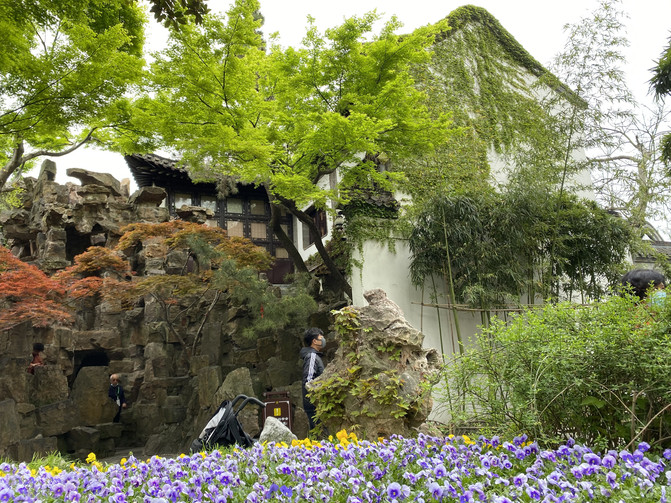
Winter Mountain, winter rockery is in the small courtyard in the southeast. Snow stone rockery is stacked along the south wall of the courtyard. The rockery contains quartz, which shines brightly when facing the light, and shines white when backlight. Four rows of round holes were also opened on the south wall to use the howling effect of the north wind caused by the changes in the airflow on the high wall of the narrow alley to render the artistic conception of midwinter.


Baoshan Tower, south of Bufang Pavilion, is the main park of Geyuan. There are seven pavilions in total; the building has winding dongs at both ends of the upper floor, like outstretched arms embracing "Qiushan" in the east and "Xiashan" in the west, hence the name Baoshan Tower.



In the south of Geyuan is a huge and well-guarded residential area with the main entrance open on Dongguan Street. The gate faces a luxurious brick carving with the word "Fu" written on it. It is said that the houses in Geyuan's heyday had the themes of "Blessing, Wealth, Longevity, Wealth and Happiness". Five luxury houses were lined up in turn, with more than 200 original houses. Although only three-way buildings have been preserved so far, each hall, beam and pillar all show the owner's exquisite and luxurious home life.


There are existing salt merchants 'mansions with three east roads as axes, with three entrances on each road. They have similar structures but different functions. The three buildings are separated by "fire alleys", which is a traditional Chinese architectural style: "Jiugong Grid Layout".

The middle road building has the theme of "Fu". It is in the form of a main hall forward, and a residential building in the middle and backward buildings. It is called the front hall and back bedroom. The residential layout is three rooms and two sides, with a beam-like frame, and four rooms are set next to it. This was one of the traditional living forms of large families in Yangzhou in the past.



The first entry is the main hall of the "Han School". The hall is the face of a family. The name of the hall is advertised in Sinology. The ancient architectural style and the elegant writing style complement each other, demonstrating the simple and powerful atmosphere of the pavilion. Not proud of himself by wealth, but rather by the fragrance of books, this is the place where the owner receives visitors.



Patio is the space for light vents in a house. On rainy days, the eaves of tall houses around the patio flow inward, forming a four-water return hall. In ancient times, it was called "fertile water does not flow into the fields of outsiders."



The second entrance behind the patio is a two-story courtyard with three rooms and two sides for guests to temporarily stay. The bedroom on the east side and the study on the west side are the style of the Qing Dynasty.
The third entrance into the middle road is also in the format of three rooms and two phases, but the furnishings are very different. It is very simple and does not have the luxury style of a wealthy businessman. It was once the residence of Huang Zhiyun's son.





Middle Road Building There are east and west fire alleys on both sides of the middle road building. Fire alleys are narrow passages in the houses of large households. They have three functions: to separate houses; to prevent fire and theft; and to pass through servants.


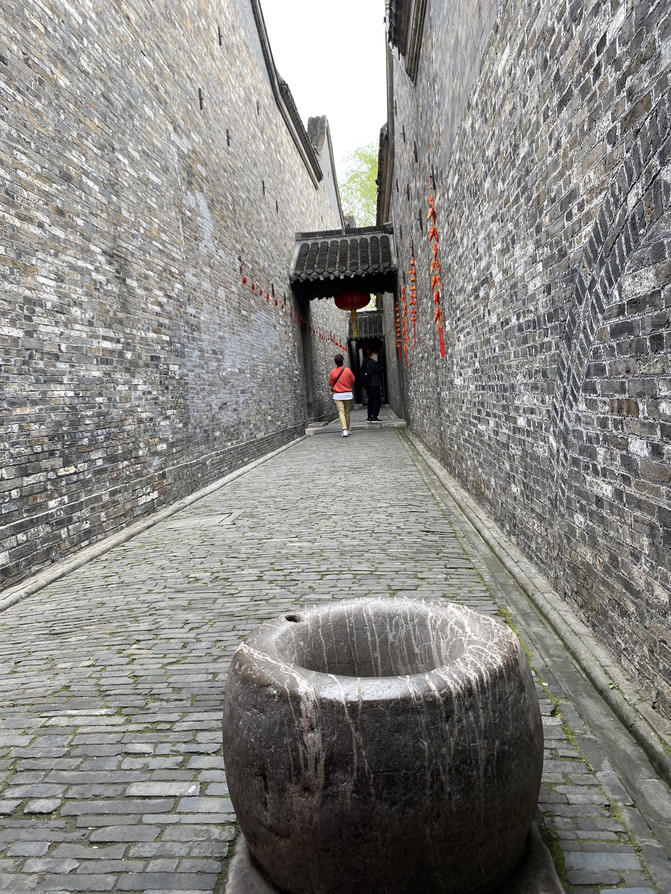

The East Road building is the theme of "wealth". The eaves and tiles on the door are all dripping with deer patterns. The deer represent wealth, which means that high officials and rich wealth.
The first entry is the office of housekeeper and accountant, called "Qingmei Hall", which takes clarity as beauty.




The second entrance is the accommodation of senior servants such as stewards and clerks and the dining room where the master eats. It also serves as a warehouse.“
The third entry is the kitchen.


The West Road Building, with the theme of "Shou", is a place where the owner and his family live and relax, so it is the most magnificent.

The first entrance hall "Qingsong Hall", commonly known as the Flower Hall, is a place for holding grand events. The couplet in the hall: "For hundreds of years, people have nothing more than accumulated good deeds, and the first good thing is just reading." Huang Zhiyun attached great importance to the education of his children. In the end, he gave birth to four sons who were all very culturally cultivated and was then known as "Huang Family has good children."





In the center of the hall is a large round table that can accommodate twelve to fourteen people to eat. Not only is the room placed full of mahogany furniture, but even the hall is made of nanmu.

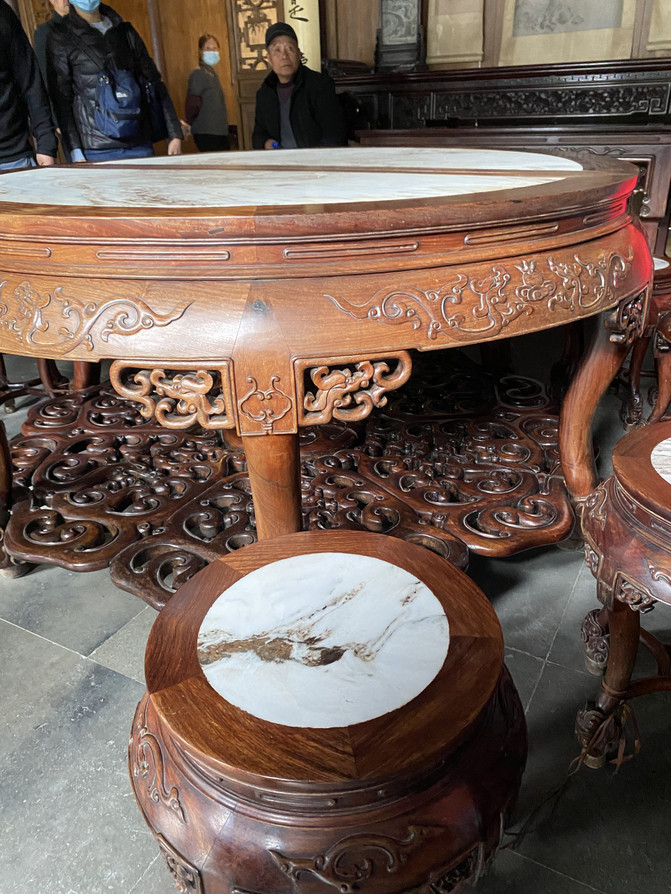
The second entrance and the third entrance are both two-story embroidered buildings, but the scenery is unique. Downstairs in the middle entrance is the bedroom of the owner Huang Zhiyun, and upstairs is the place for his wife's activities. Backward is the living area of his wife.





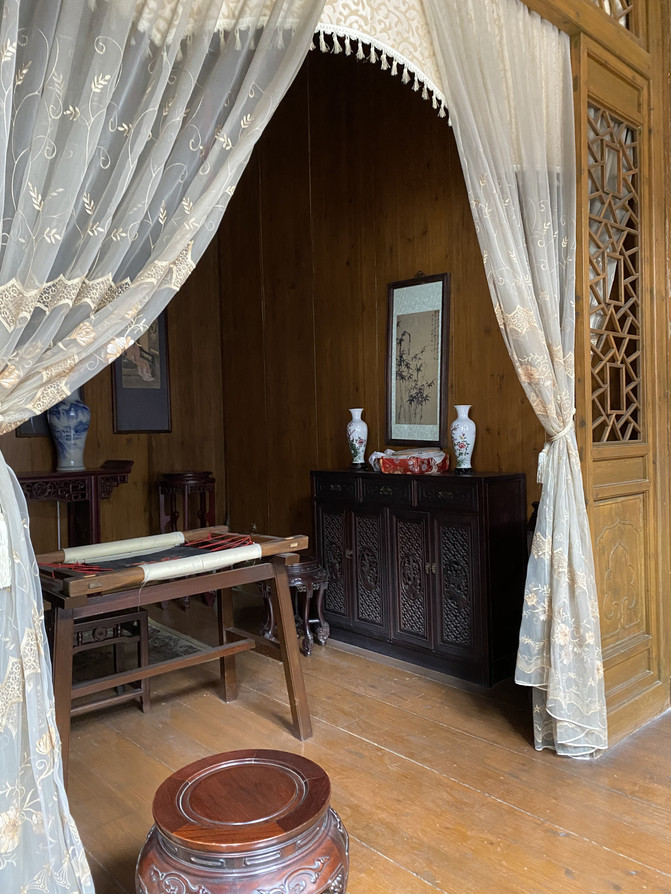


He Garden, also known as Jixiao Villa, is a large-scale residential garden built by He Zhiqian during the Guangxu period of the Qing Dynasty. It consists of three parts: east and west gardens, residential buildings, and rocky mountains. The original area is more than 12,000 square meters, and the building area is more than 6000 square meters. The main building has three entrances to the front and back, all of which are made of water-ground bricks. It is a later masterpiece of Yangzhou gardens in the Qing Dynasty and is known as the first garden in the late Qing Dynasty.
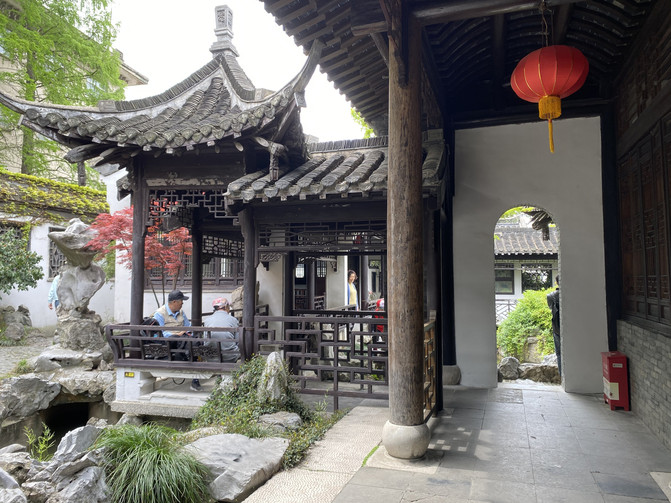

He Garden is divided into four parts: East Garden, West Garden, Garden Residential Courtyard, and Pianshishan House.





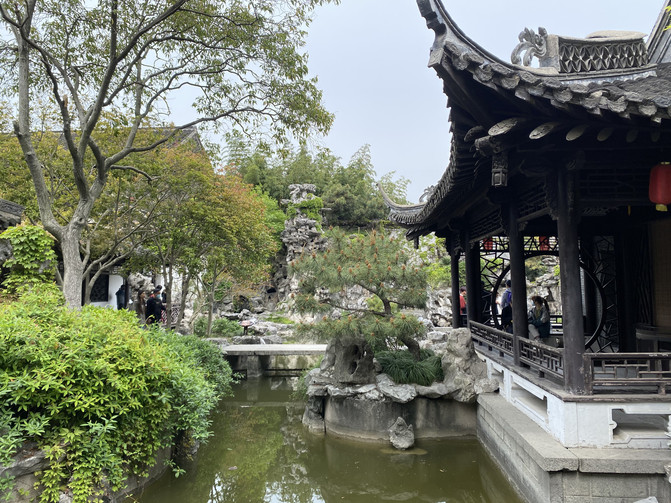
The main building in the East Garden is the 160-square-meter Xuchun Hall (Nanmu Hall), which is shaped like a boat, has a single eaves and a mountain, and has a corridor. The ground is paved with pebbles and tiles around it, and the patterns are shaped like water waves, giving people the artistic conception of living in water. There is a pair of couplets on the pillar next to the hall: "The moon is the master and plum is the guest, and the flowers are the four walls and the boat is the home." The colorful windows inlaid with transparent glass are used around the boat hall, giving the artistic conception of "people sitting in the hall, and the scenery comes from all directions."
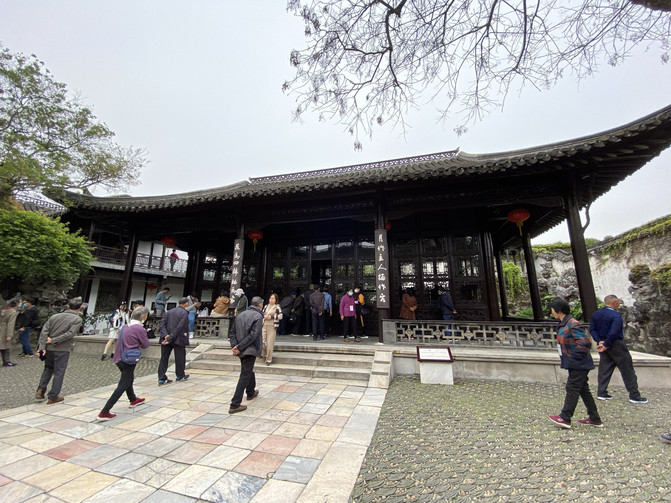







Xiyang Tower, also known as Yuxiu Tower, is a two-story building with two brick and wood structures in front and back, totaling 28 rooms. It is the living place of the owner and his family. The Yuxiu Building not only adopts the traditional Chinese concept of string-building, but also incorporates Western architectural techniques, such as the use of French louvered doors and windows, Japanese-style sliding doors, French fireplaces, wrought iron beds, etc. The courtyard is surrounded by two floors of corridors, inner and outer corridors, and the courtyard; the room design in the building, the decoration of the exterior facade of the building, the cast iron railings imported from France with the words "Longevity and Longevity" printed on it, and shutters. and doors are filled with French style everywhere.












Yuanjuyuanyuan






This season's He Garden, with the new green in the sun and the blooming tree in the corner, are all extremely beautiful in your line of sight.'






The West Garden is centered on a pool, and in the center of the pool is the "world's number one pavilion"-Shuixin Pavilion. This Shuixin Pavilion is the only underwater opera pavilion in China. It is specially used by the park owner to watch operas, sing and dance, and enjoy the cool and enjoy the scenery.





Fudao Corridor-the first corridor in the world. The 1500-meter compound corridor is a unique and wonderful landscape in Chinese gardens. The left and right diverge, the high and low are hooked up, the mountains are surrounded by water, and the room is climbed into the room, forming an all-round three-dimensional landscape and all-weather sightseeing space. It fully brings into full play the beauty of Chinese garden art and the beauty of extending in all directions. It is known as the prototype of an overpass.

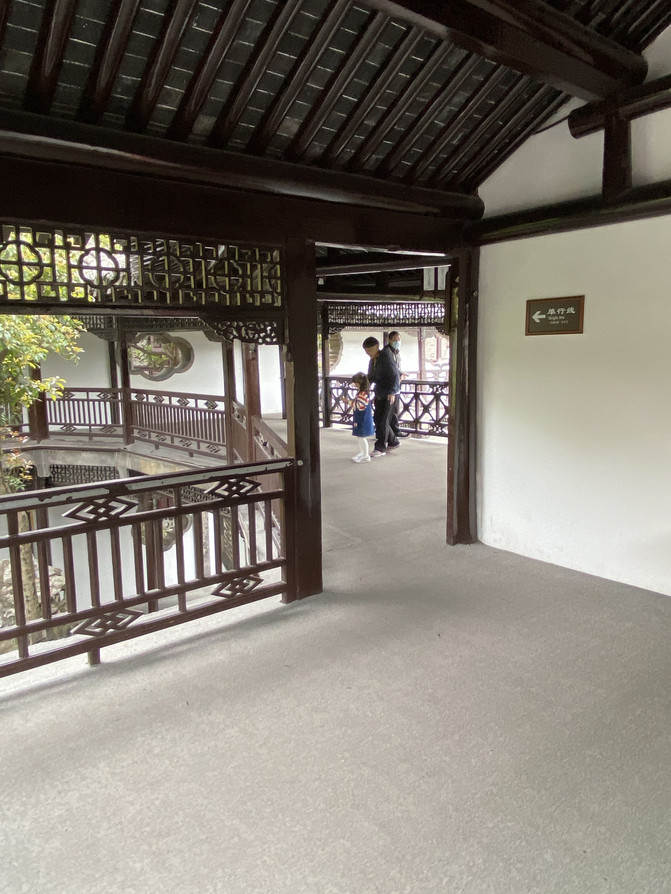



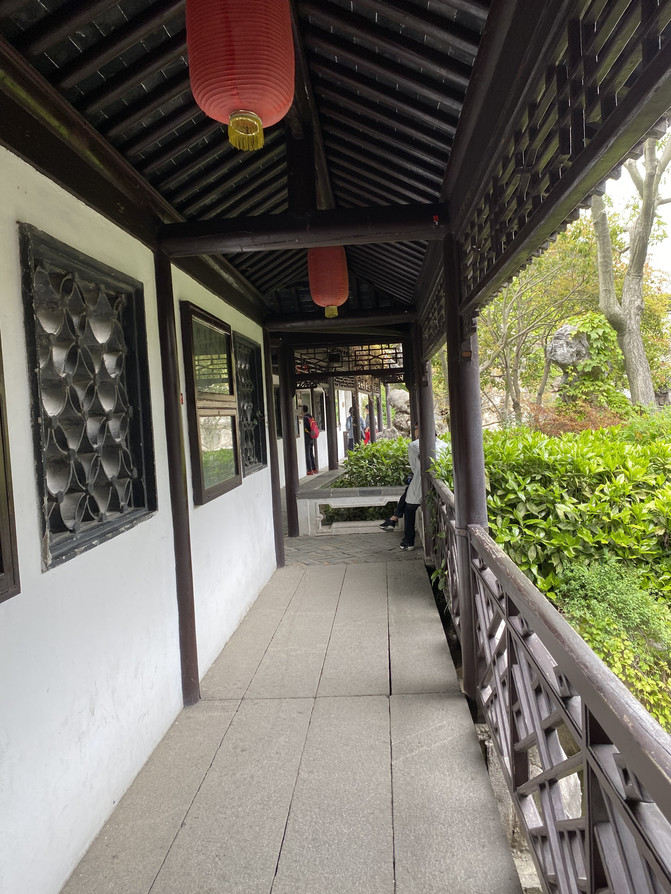

The flower window-the first window in the world is the flower window on the corridor of He Yuan Fu Road. The wide and large geometric diamond-shaped fancy flower windows are very rare, revealing a delicate and majestic appearance. They are the rare best among garden flower windows to enjoy the scenery around the corridor and move the scenery around.






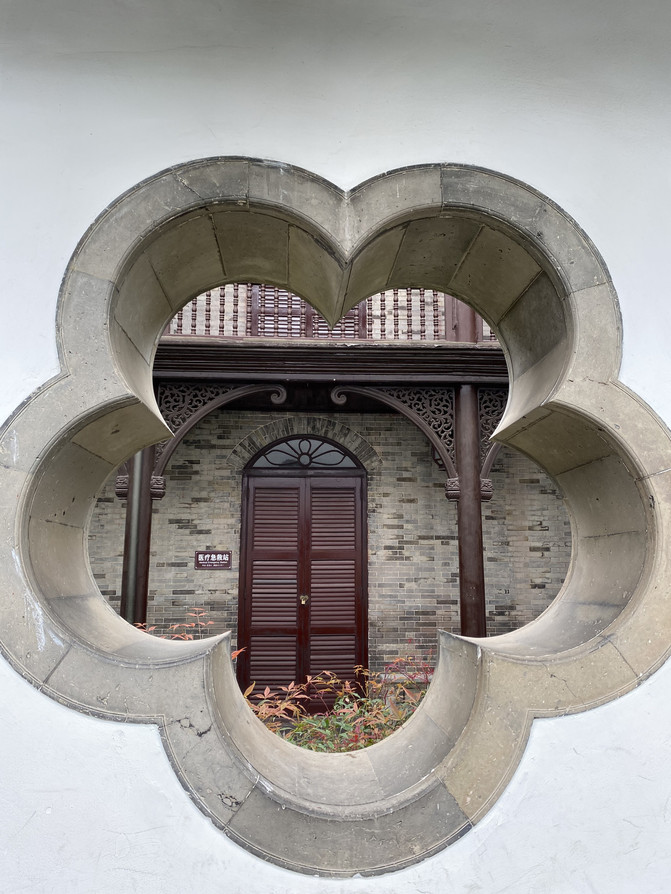
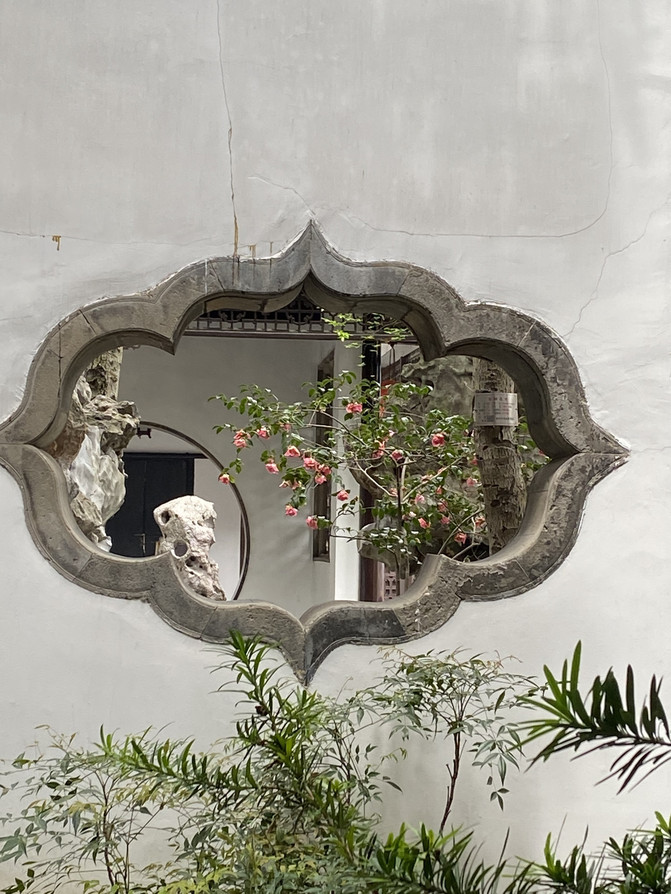
Pianshishanfang-the largest mountain in the world, formerly known as Shuanghuai Garden, is the "unique copy of the earth" of Shi Tao, a giant artist in the early Qing Dynasty. The forehead of the "Stone Mountain House" on the lintel was replaced with Shi Tao's ink. The design of this garden is based on Shi Tao's drawings. It follows the principles of nature and the interest of nature. It expresses the artistic conception of Shi Tao's poem,"The water on all sides is boundless, and there is nothing to think about is not a fish; Don't say that the world in the pool is small, and the table is folded and folded." The "artificial moon" in the rockery hills and valleys in the garden is a spectacle. Light passes through the retaining holes and enters the water, like the reflection of the bright moon. There is also a huge mirror surface on the wall of the west corridor, and the entire garden view can be reflected in it from different angles.



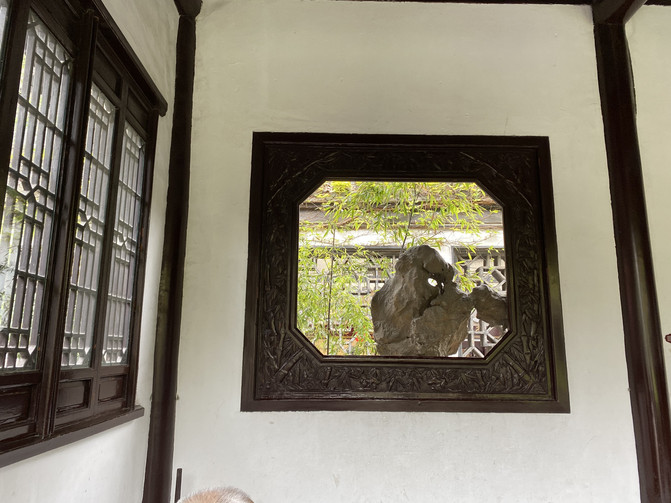

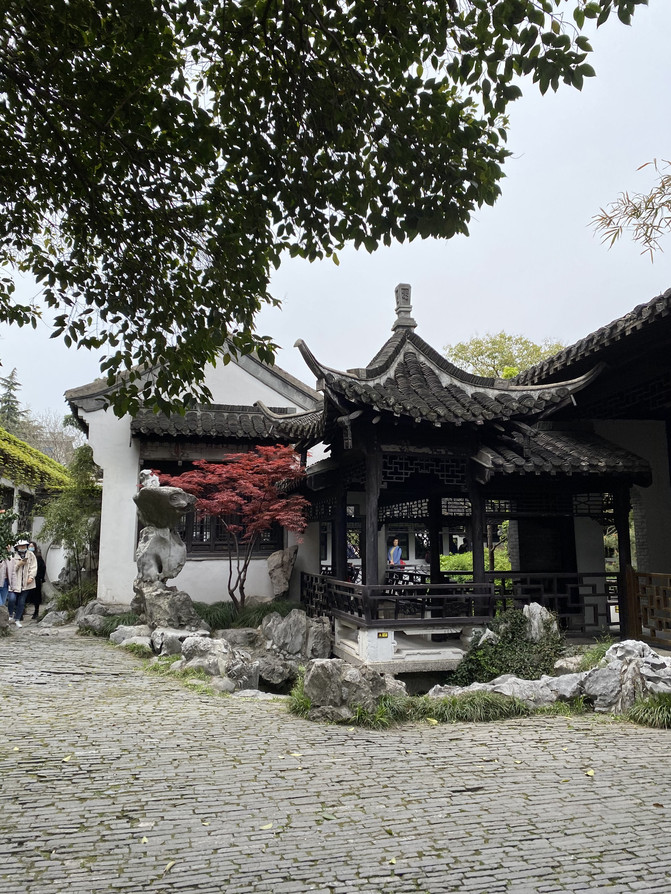



The overall building of He Garden is open and bright. Although it was built on flat ground, it is unique. Through jagged rocks and majestic rockery, the building complex is placed on the foothills of the foothills, and the halls and mountain pavilions are dotted with the terrain. They are scattered and winding, and the mountains and rivers are integrated into each other, with the reputation of urban mountains and forests. It is a typical example of Yangzhou's residential gardens.




Dongguan Street is the most representative historical old street in Yangzhou. It stretches to the ancient canal in the east and Guoqing Road in the west, with a total length of 1122 meters. Dongguan Street used to be not only an important water and land transportation route in Yangzhou, but also a center for commerce, handicrafts, and religious culture.



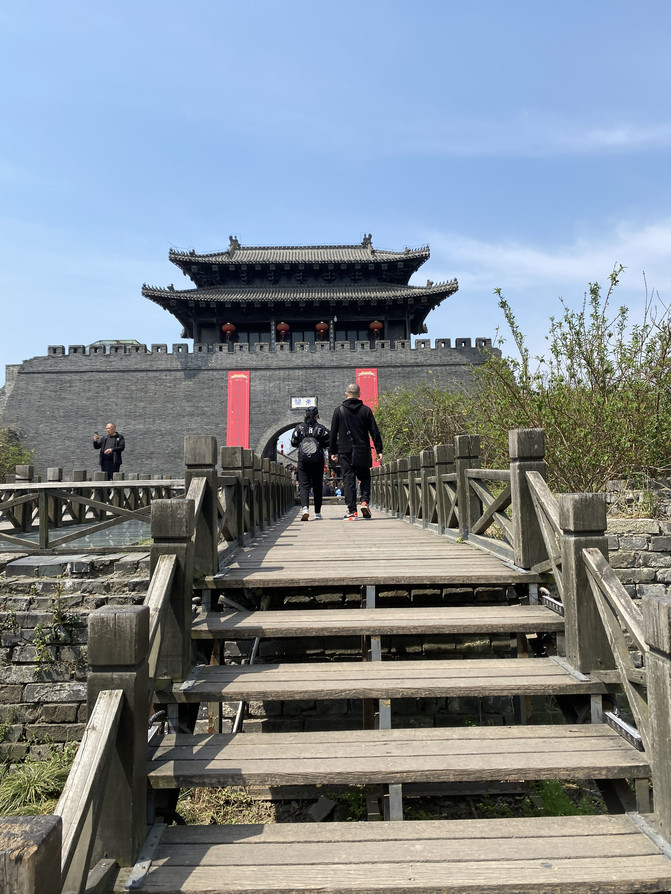

Dongguan Street is a concentrated place in Yangzhou's handicraft industry. Lianjia shops in front and back shops are spread throughout the street, such as Fan Shunxing Umbrella Store, Cao Shunxing Luo Bian Lao Shop, Sun Zhuchen Lacquer Factory, Yuantaixiang Sugar Factory, Sun Ji Jade Factory, Dong Houhe Socks Factory, etc.




The streets are bustling and lined with businesses. There are many businesses and business is booming. There are nearly 100 Lu Chen Xing, Youmi Fang, Fresh Fish Shop, Eight Xian Shop, Melon and Fruit Shop, and Bamboo and Wood Shop.


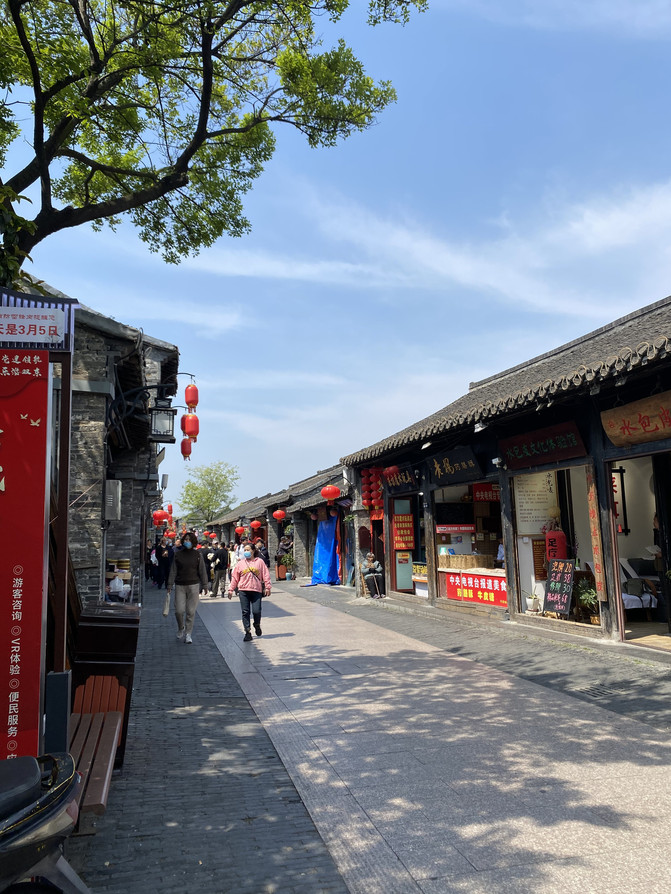





Pishi Street is a relatively literary and fresh old street. Many cultural and youth have opened unique flower shops, bookstores, studios, clean bars, cafes, snack bars, etc. here. Pishi Street in the Ming and Qing Dynasties was once a prosperous leather goods street.

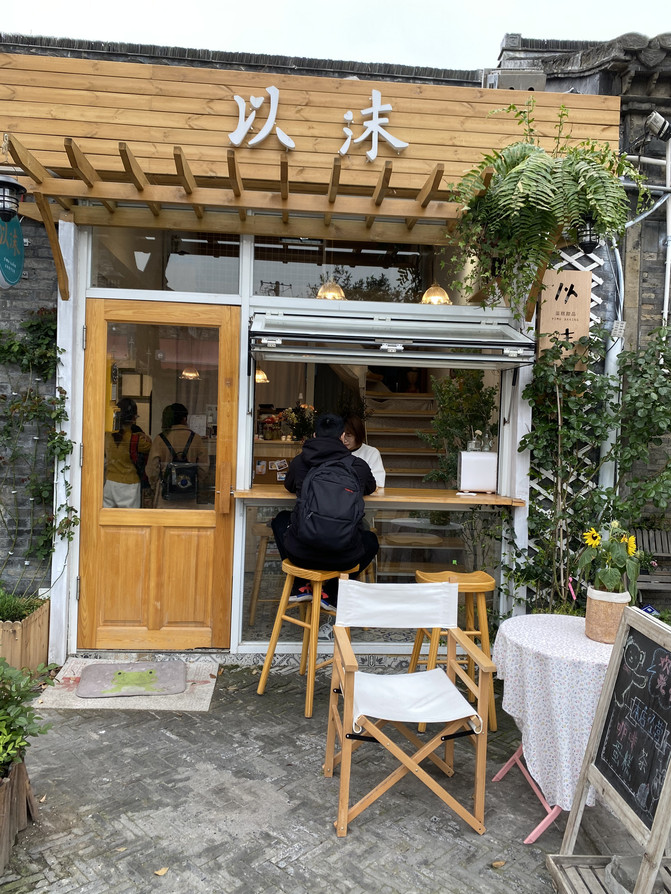



The architectural style of the entire block of Pishi Street is simple and elegant: traditional random brick masonry, small tiles and gray joints, and the traditional Yang-style huts with five or seven beams are the main architectural style. It is characterized by simple lines, single colors, plain and low-key, and has the greatest degree of compatibility with the ancient and majestic Yangcheng in terms of temperament.
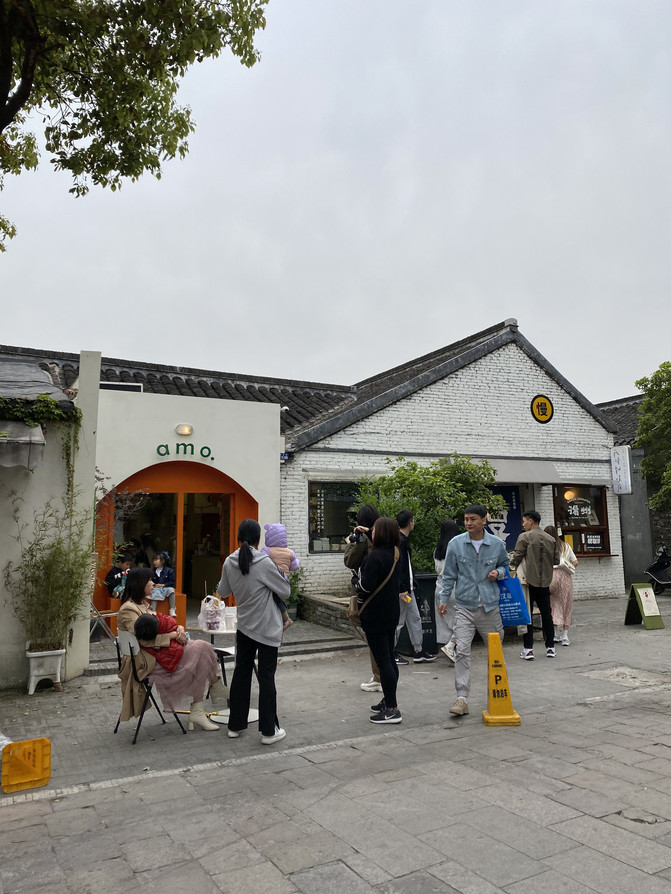






There are some ancient alleys spaced apart in the shape of fishbone on both sides of Pishi Street, such as Wanhongqiao, Fengxiang Lane, Yangmu Lane, Dazima Lane, Geng Jia Lane and Shuicang Lane. The winding path leads to the secluded place, like traveling through time and space. History and reality complement each other, and it is filled with a strong smell of fireworks from the world.


Zhu Ziqing's former residence is here





Daming Temple is located in the middle peak of Shugang Scenic Area in the northwest suburb of Yangzhou City. It is not only a Buddhist temple, but also a scenic spot. It consists of the Daxiong Hall, Pingyuan Tower, Pingshan Hall, Imperial Garden, Jianzhen Memorial Hall, Qiling Tower, and the fifth spring in the world. It is a tourist attraction that integrates Buddhist temples, cultural relics, historic sites and garden scenery.


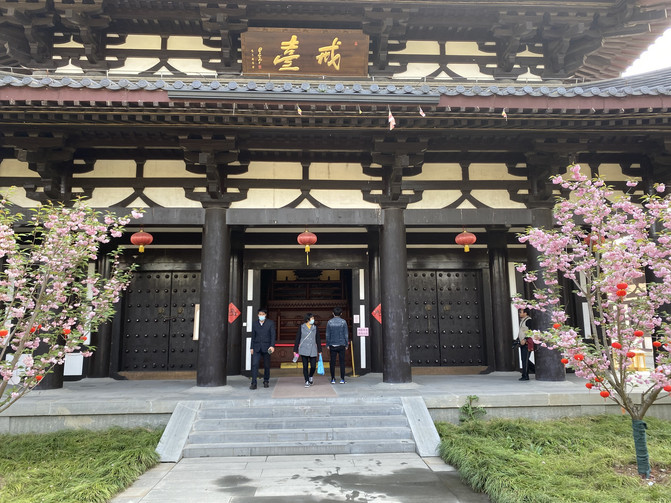
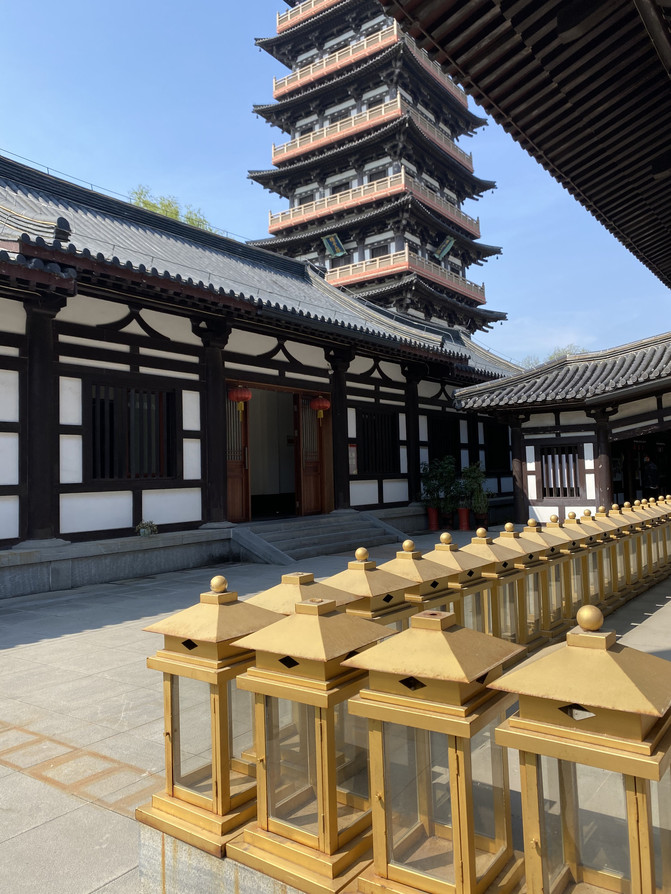


Daming Temple is named after it was first built during the Ming Dynasty of Emperor Xiaowu of the Southern Song Dynasty (457-464). Over the past 1500 years, the names of the temples have changed many times, such as "Qiling Temple" and "Xisi" in the Sui Dynasty, and "Chengping" in the late Tang Dynasty. In the Qing Dynasty, due to the word "Ming", it was once called "Qiling Temple". In the 30th year of Qianlong, the emperor personally inscribed the book "Imperial Title Fa Jing Temple". In 1980, Daming Temple restored its original name.




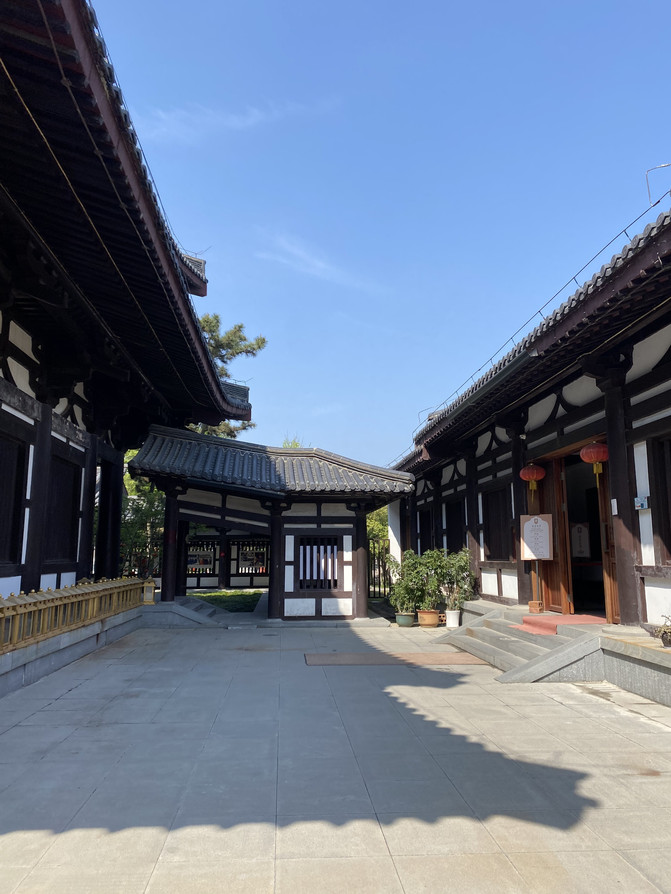
Master Jianzhen of the Tang Dynasty served as the abbot of Daming Temple, making Daming Temple an important ancient temple in the history of Buddhist cultural relics relations between China and Japan.


Follow hundreds of soothing stone steps to the square in front of Daming Temple, and you will face a solemn and elegant archway. The archway was built to commemorate the Qiling Tower and Qiling Temple.

daxiong Hall


The most famous thing in the temple is the Spirit Pagoda, which houses the relics of Sakyamuni. Li Bai, Bai Juyi and others also visited it and wrote poems. From the top of the tower, you can overlook Daming Temple and overlook the scenery of Slender West Lake and Yangzhou City.


Pingshantang was built when Ouyang Xiu, a great scholar in the Northern Song Dynasty, was appointed prefect of Yangzhou. Later, when Su Dongpo was appointed prefect of Yangzhou, he often came here to pay his respects, and later built "Gulintang" and "Ouyang River" for Ouyang.


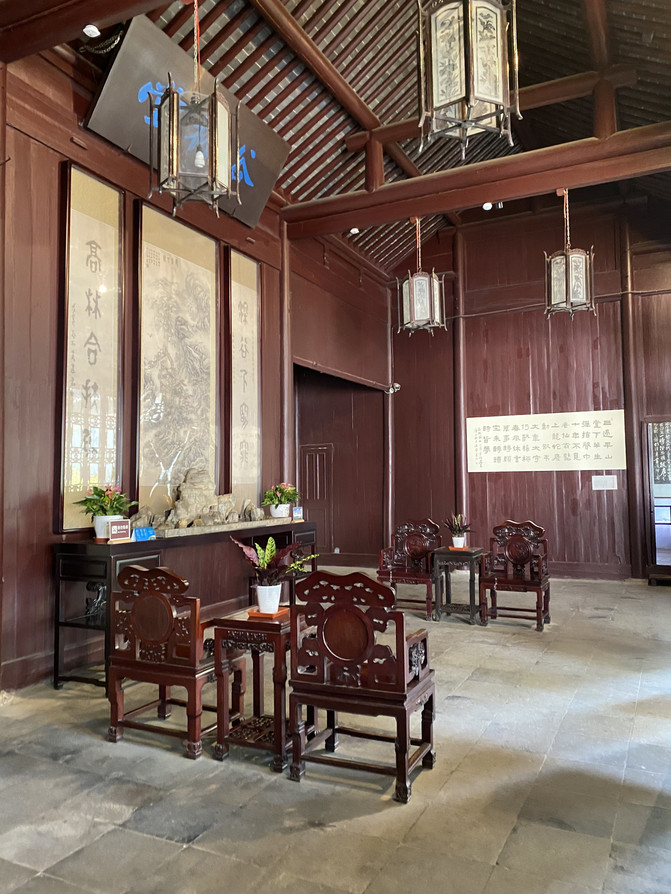


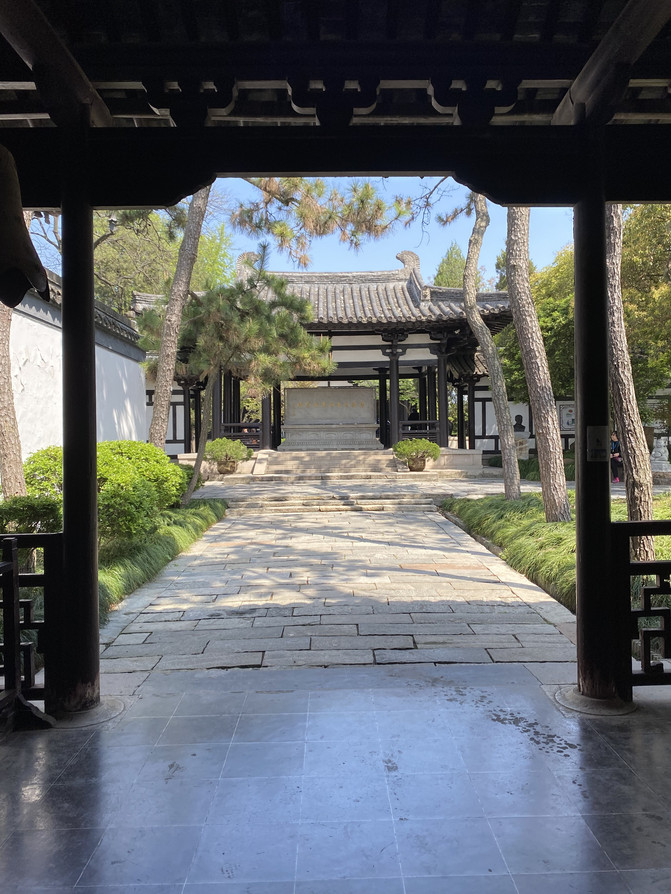
To the west of Pingshantang is a classical garden full of wild scenery in mountains and forests-Xiyuan. It was built in the first year of Qianlong of the Qing Dynasty (1736). It was destroyed by war during the Xianfeng period and rebuilt during the Tongzhi period. In this garden, ancient trees reach the sky, strange rocks are jagged, ponds and water are sparkling, pavilions and pavilions are elegant, there is a lake in the mountains, and there is the fifth spring in the lake in the world. There is also an "Imperial Stele Pavilion" in the park and three Imperial Steles of Emperor Qianlong.







People say that if you haven't been to Slender West Lake, you have never been to Yangzhou. Slender West Lake is a symbol of Yangzhou's elegance and grandeur. The beauty of Slender West Lake lies in its slender, slender, winding and winding surface. In order to capture its poetry and sunset, I chose to enter Slender West Lake on a sunny afternoon.
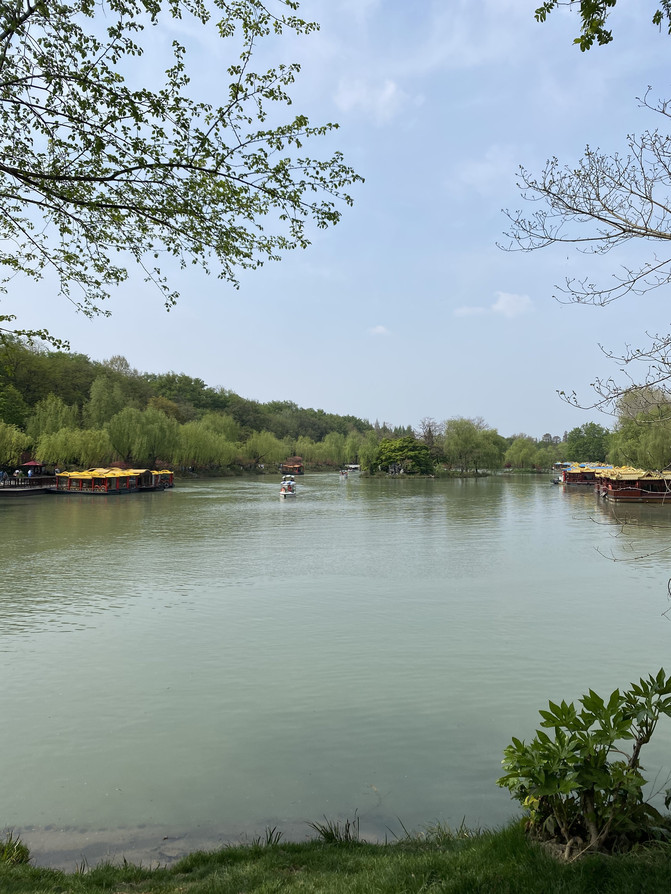

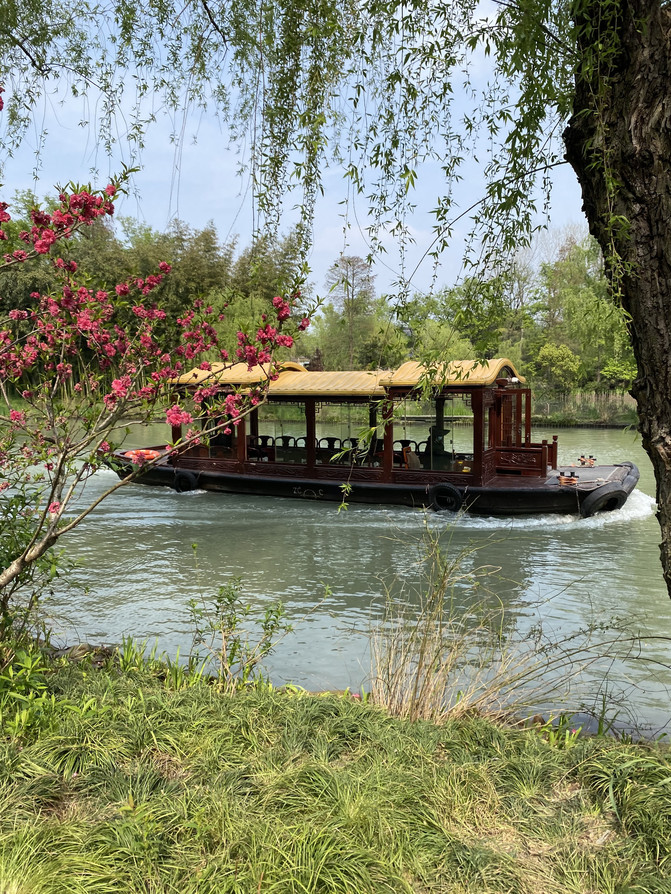
Under the bright sunshine, the water of Slender West Lake is sparkling and beautiful.


My route: Enter the south gate of Slender West Lake Park, the south gate-Xuyuan-Xiaojinshan (the highest point of Slender West Lake)-Diaoyutai (Emperor Qianlong fished here)-Wuting Bridge-White Tower-Xichun Terrace--Twenty-Four Bridge-Wanhuayuan--North Gate of Slender West Lake Park.




Wang Yuyang wrote a poem during the Kangxi Period of the Dahongqiao Bridge: "The red bridge flies across the water, and the nine curves of the railing are red; the painted boat crosses under the bridge at noon, and the figures in fragrant clothes are too hurried." It is even more popular. Even Emperor Qianlong once wrote poems praising the scenery of Hongqiao.

Xu Garden is located north of Chunliu on the long embankment of Slender West Lake. Its original site was Han Garden Taohuawu Han Garden in the early Qing Dynasty. In the fourth year of the Republic of China (1915), in memory of Commander Xu Baoshan, a martyr during the Revolution of 1911, Xu Baoshan Ancestral Hall was built and named Xu Garden.




Xiaojinshan is the largest island in Slender West Lake and the place with the densest buildings on the lake. The wind pavilion, the blowing stage, the piano room, the wooden clover bookstore, the chess room, and the moon view are all concentrated here. What you can see from Xiaojinshan Scenic Area is the main lake area of Slender West Lake.








Yuban Bridge

Diaoyutai, deep into the heart of the lake, turned out to be a place where silk and bamboo instruments were played. Legend has it that the Qianlong Emperor visited here for fishing.


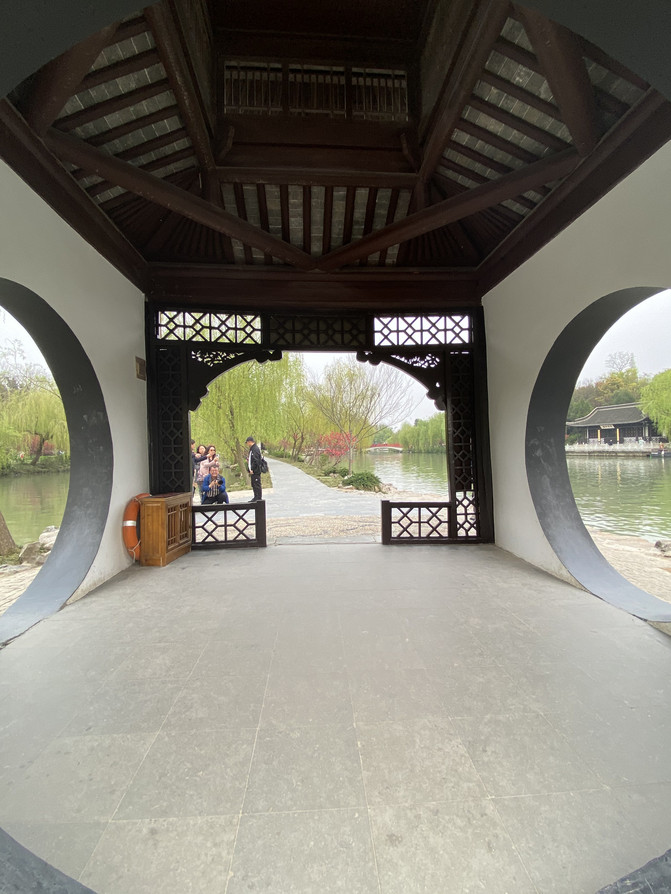
Standing at the 60-degree angle of Diaoyutai, you can see the sparkling light of Wuting Bridge lying across the round hole in the north: while the oval hole in the south can just see the majestic white tower. This scene is colorful and plain, horizontal and lying, which is really wonderful.
The scene borrowed in the cave corresponds to the "Samsung Arch Photo".





Wuting Bridge is not only a symbol of Slender West Lake, but also a symbol of Yangzhou City. It was built in the 22nd year of Qianlong of the Qing Dynasty and has a history of more than 200 years.



Mao Yisheng rated it as "the most beautiful and artistic representative in China" Wuting Bridge. On the night of a full moon, each of the fifteen bridge holes contains a moon.




The white pagoda and the Beihai white pagoda are different in thickness and firmness. The white pagoda is proportioned and stands in jade pavilions. It contrasts with the Wuting Bridge around you.


Du Mu's "The Twenty-Four Bridge is on the bright moon night on the twenty-fourth bridge, where does the jade man teach to play flute?" displays the beautiful scenery of long arcs and waves.

The 24th Bridge Scenic Area includes Xichun Terrace, Linglong Jie, General Xiao Li's Painting Book, Wangchun Tower and 24th Bridge. Xichun Terrace is the main building of the 24th Bridge Scenic Area. It is opposite Xiaojin Mountain in a distance, both at the turning point of the lake.
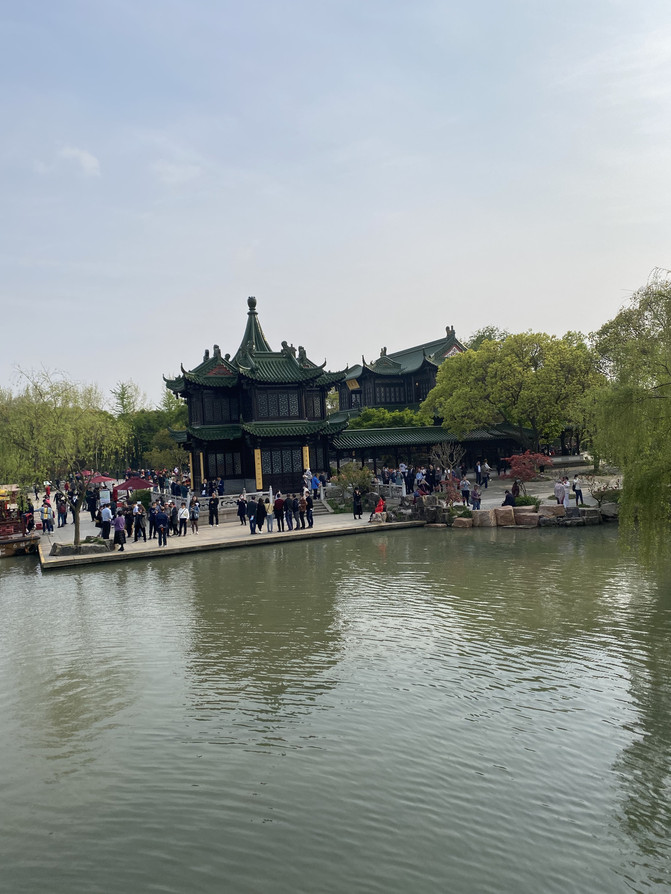



"Twenty-Four Bridges" comes from the poem of Du Mu, a famous poet in the Tang Dynasty,"The green mountains are faintly and the water is far away, and the grass in the south of the Yangtze River has not yet withered at the end of autumn; on the bright night of the Twenty-Four Bridges, where is the jade man taught to play the flute?" The Twenty-Four Bridge in the minds of Yangzhou people is composed of a combination of a falling sail plank road, a single-hole arch bridge, a nine-curved bridge and a blowing flute pavilion. The jade belt-shaped arch bridge in the middle is 24 meters long and 2.4 meters wide. There are 24 steps on the upper and lower sides of the bridge, surrounded by 24 white jade railings and 24 railing boards.




Wan Garden is a scenic spot in Slender West Lake. It mainly relies on the historical and cultural background of Slender West Lake to create it with flower culture as the theme and classical historical famous gardens as clues. It focuses on restoring and improving Slender West Lake's "Stone Wall Flowing" and "Jingxiang Bookstore". Scenic spots such as "White Tower Clear Clouds", as well as areas that dig and embody Yangzhou's unique flower culture, have ten functions: flower affairs, expo, observation, experience, intelligence, leisure, education, ecology, entertainment, and aesthetics.







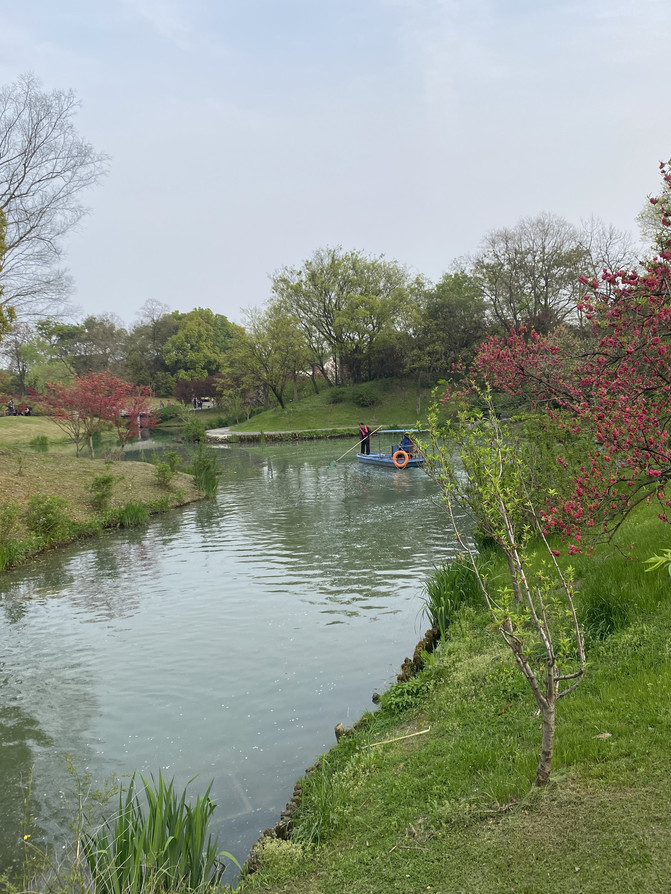




In April, Yangzhou City has a breeze, drizzle, slanting willows, and jade flowers. It is the most beautiful time of the year. In particular, you can catch up with the blooming flower of Yangzhou City, Qionghua.


The ancients regarded visiting Yangzhou to see the elegant style of Qionghua as a joy in life. "When I love to admire in three spring, the carriages and horses are as loud as the city" depicts the grand occasion of appreciating flowers at that time.
The flowers are pure and flawless, with an umbrella-shaped shape, dignified and lovely. The flowering period of Qionghua is very short, so it is extremely precious. Qionghua is very widely distributed in Yangzhou's Urban area, such as Qionghua Square at the East Gate of Slender West Lake, Twenty-Four Bridge, Chunliu on Changdi, Qiongyuan Garden in Zhuyi Bay, Daming Temple, Qionghua View, Canal Sanwan Scenic Area, Wenchang Road, Pingshantang Road...


In Yangzhou, in addition to Qionghua, there are also many flowers blooming, and the "peach red willows green" time is appropriate.


chrysanthemum peach


Viburnum hydrangea


red maple


Jianzhen Avenue full of cherry blossoms



wisteria


Yangzhou is a city floating in the moonlight. It is also a city nourished by the nib of literati. I like this city very much. My previous impressions all came from ancient poetry, but now I am integrating myself into the beautiful classics little by little.






Previous Article:Taste Yangzhou and have a tour of the world's gourmet capital
